Today we are continuing our recent theme of looking back at where the big players of the film era stand today. In this article, we are going to look at the big players of medium format and how they faired with the transition to digital.
Some were lost, some incorporated, but others are still going strong.
Medium format film photography was perhaps a bigger segment of the professional market than today’s “medium format digital”. Although relatively expensive compared to 35mm film, the cost ratio between DSLRs and medium format digital was, until very recently, much higher. Medium format was the default in studio settings and in professional landscape photography and was the system to aspire to for enthusiasts.
Bronica
Bronica was a relatively young camera manufacturer compared to others, their first camera only being released in 1958. They did, however, build an enviable reputation for the build quality and ruggedness of their cameras and were to be found in many a studio or on location.
Their cameras were highly diverse, ranging from 645 to 67 and based on very distinct product lines such as the SQ 6×6 cameras.
Bronica barely made it into the digital era. Already struggling compared to the other medium format manufacturers, they were bought out by lens company Tamron in 1998. However, despite their very modular systems, their camera bodies were not well suited for attaching the newly developed digital backs.
By 2004 digital backs and the emergence of the DSLR, had severely dented Bronica’s business. Production of their last medium format product, the RF645 was terminated in 2005 and, with it, the name of Bronica. A testament to their build quality is the sheer number of Bronica available now, on the second-hand market.
Mamiya
In many ways, Mamiya had a similar history to Bronica. They started camera production in 1949 with a folding 6×6 rangefinder. In the early 1960s, they dabbled with the 35mm film market before concentrating solely on medium from the mid-60s onwards.
Like Bronica, they produced a diverse range of medium format cameras from 645 all the way up to the Mamiya Press, a handheld 6×9 camera aimed at photojournalists. They were also highly regarded with a reputation for build quality and optical excellence.
Unlike Bronica, Mamiya made an attempt to capture the digital medium format market. In 2004 they released the ZD22. Unlike their film-based cameras, this was an all in one, built on the chassis of a 645 camera and featuring a 22mp sensor.
At the same time, they announced a digital back for their existing film cameras. However, design and technical issues lead to serious delays and by the time the new offering was released, it was well behind the curve.
Mamiya continued to develop digital products, including the 645DF and the DM series, both based around the 645 format.
Although still in existence, Mamiya is now owned by Phase One who use their technology in their own digital products.

Hasselblad
Arguably the most famous medium format camera manufacturer, “Blads” have a reputation for unrivaled quality even to this day. The 500 series was perhaps the best know medium format camera and was an icon of the 70s through the 90’s, with many of the big names in photography owning one.
Perhaps one of the reasons that Hasselblad survives to this day is due to the innovations built in the H System. Since the mid 90’s, third-party companies such as Phase One had been producing medium format backs to fit various medium format cameras. The 500 series had proved a very popular choice to couple with these backs.
Launched in 2002, the H1 allowed for easy digital back integration from third-party manufacturers, while the H1D came bundled with their own branded 22mp back. The H series line continues to this day. Despite some ups and downs in the digital era, Hasselblad continues to be a major player in the high-end digital imaging market.
In 2016, they announced a medium format mirrorless camera, the X1D-50c and their part ownership by drone company DJI has lead to their branded camera’s being used in the new Mavic 2 Pro.
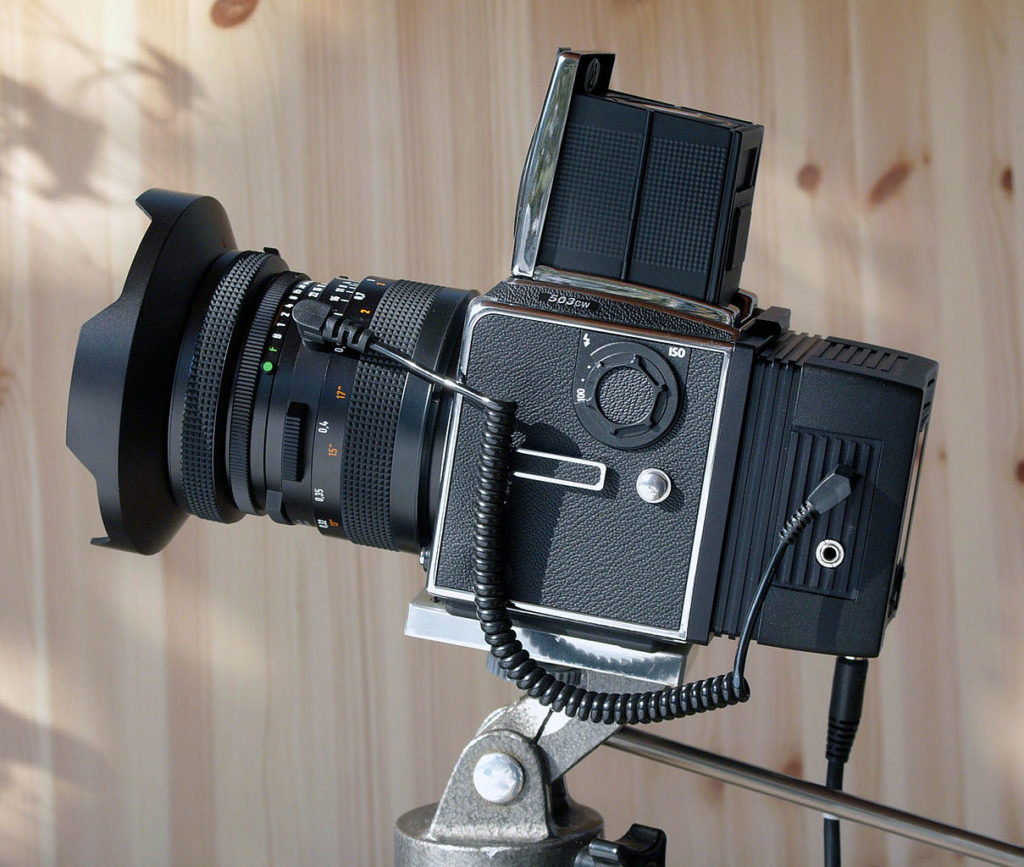
Pentax
Pentax was never quite a “big player” in medium format film, but they did have a solid range of 645 and 67 cameras. The 67 was an unusual camera in that it was an oversized SLR that could be relatively easily handheld. Unlike some of the other medium format players, Pentax produced a diverse range of cameras mostly based on the 35mm format.
Because they were not restricted to the niche medium format market, they adapted better to the digital era. From 2003 they produced a range of DLSRs, the ist D series. This was eventually replaced by the K series in 2006, a range that continues to this day.
In 2010 Pentax released a medium format digital camera the 645D. Rather than use interchangeable backs the 645D had a fixed 40mp Kodak sensor.

Fuji
Fuji was not one of the big medium format film companies but they did carve out an interesting range of niche products. These included the GX680 an SLR that took 6x8cm images on 120 film. It featured a bellows between the body and the lens making it operate more akin to a large format camera. This made it popular with landscape and architectural photographers. The Fuji GW series were fixed lens rangefinders that shot 67 or 69 on 120 film.
Like Pentax, Fuji was a diverse company that saw the demand for digital photography early. From the early 2000s, they had DSLRs on the market and in 2011 they embarked on their highly regard X-Series journey.
Fuji returned to the medium format arena in 2016 with the 50mp GFX 50S, mirrorless camera and have since added the GFX 50R. The latter is priced very competitively close to high-end DSLRs.
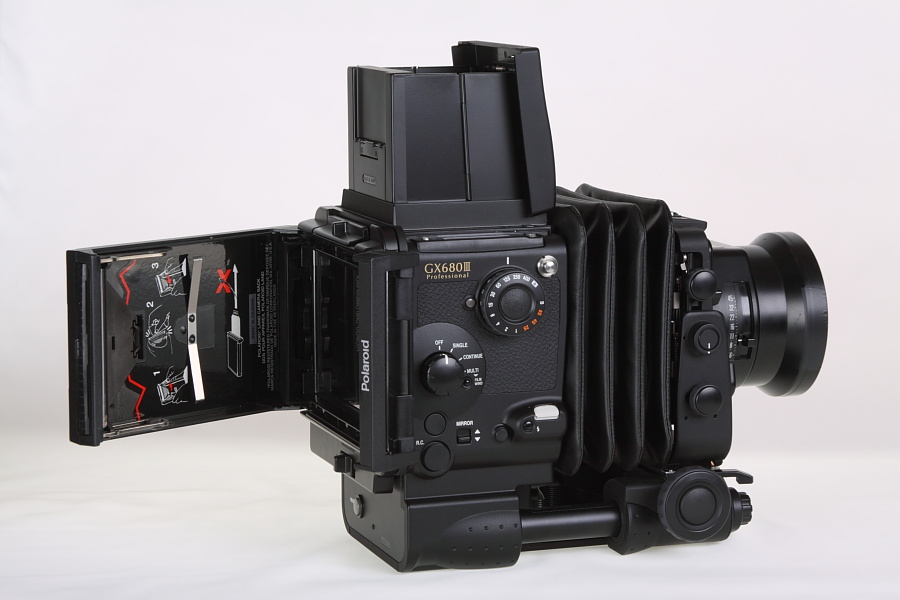
There were, of course, other medium format camera companies that have fallen by the wayside. Contax, Rollei to name but two. The biggest problems that some of these companies faced were failing to recognize the importance of digital backs in extending the lifespan of their film cameras into the digital age.
Instead, third-party companies such as Leaf and Phase One picked up the market, leaving the traditional camera companies trailing.
Companies with a more diverse manufacturing base such as Fuji and Pentax survived the transition as did Hasselblad.
Today, the digital medium format market is being driven by Hasselblad and Fuji as well as Phase One who not only produce medium format backs and cameras but also highly regarded post-production software.
Perhaps the biggest question is, however, when will we stop defining digital sensor sizes by the old film formats?
As always, please share your thoughts in the comments below
Further Reading
If you like the history of photography and camera makers, take a look at some more of Jason's work and other articles from Light Stalking below:
- A Tale Of Two Titans – Kodak and Fuji
- A Brief History of the Flash in Photography (Isn’t It Nice Not to Die From Them Anymore?)
- How The Death Of Minolta Gave Rise To Sony Cameras
- A Brief History of the Mirrorless Camera System
- Some Of The Most Iconic Photographs In History – A Few Will Stun You!
- The 1850s: A Visually Stunning Photographic History of the Crimean War
- A Brief History of Landscape Photography
- 100MP Medium Format Mirrorless Fuji Camera Coming


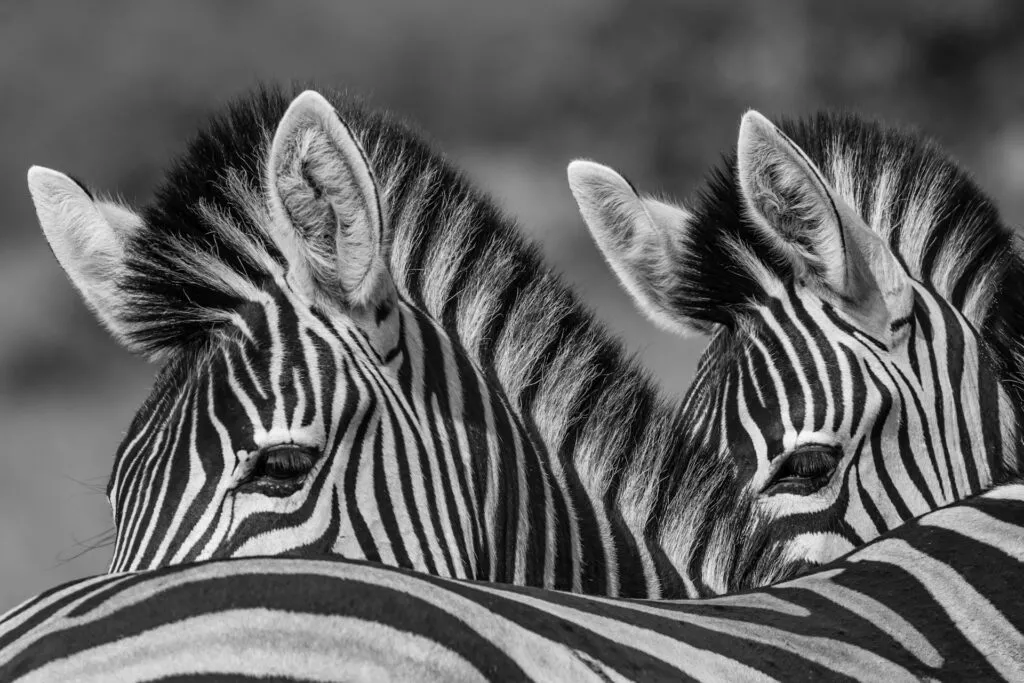
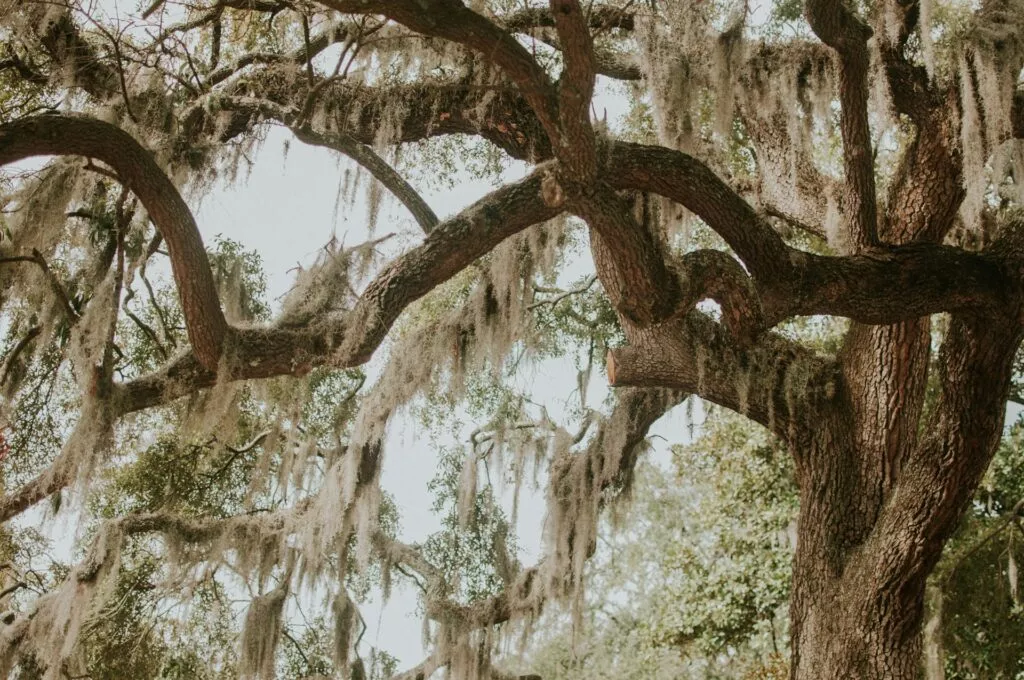
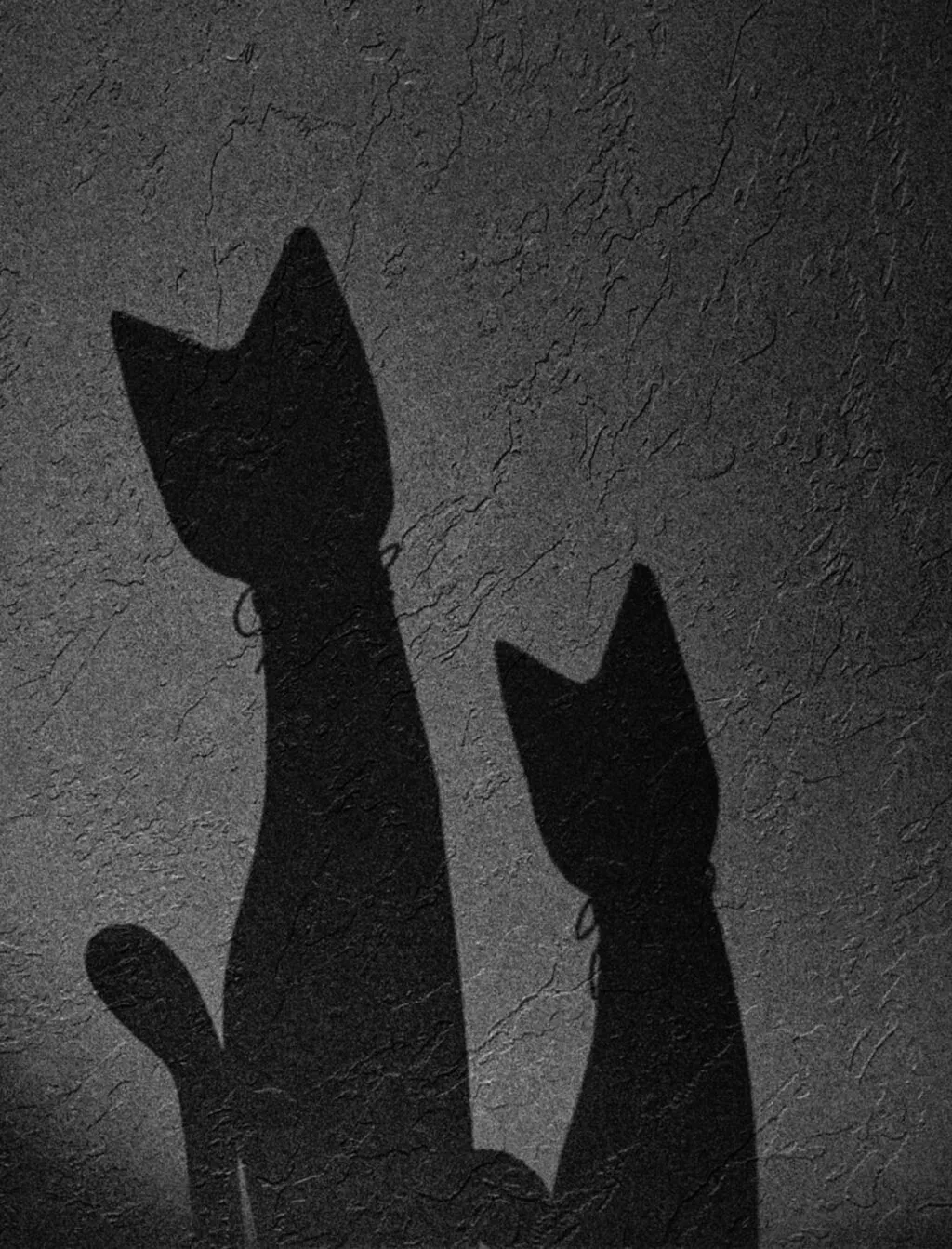

3 Comments
If this article is edited or republished it should include the Pentax 645z, a much improved cmos sensor medium format camera.
I have just bought a bronica etrs and it is built like a tank . It will still be making images long after the plastic dslr is assigned to the recycling heap
Are you kidding? How can you leave a gaping hole big enough to drop a Rollei through?
Maker of the longtime Rollei TLR, that they made up until their last restructuring. Ca 2016, Makers of the famous 6000 series, makers of the first AF 6×6
And numerous other 35mm mile stones.
They are still in business with a digital back for their newest medium format.
And besides Fuji the only other people that make a 120 format film.